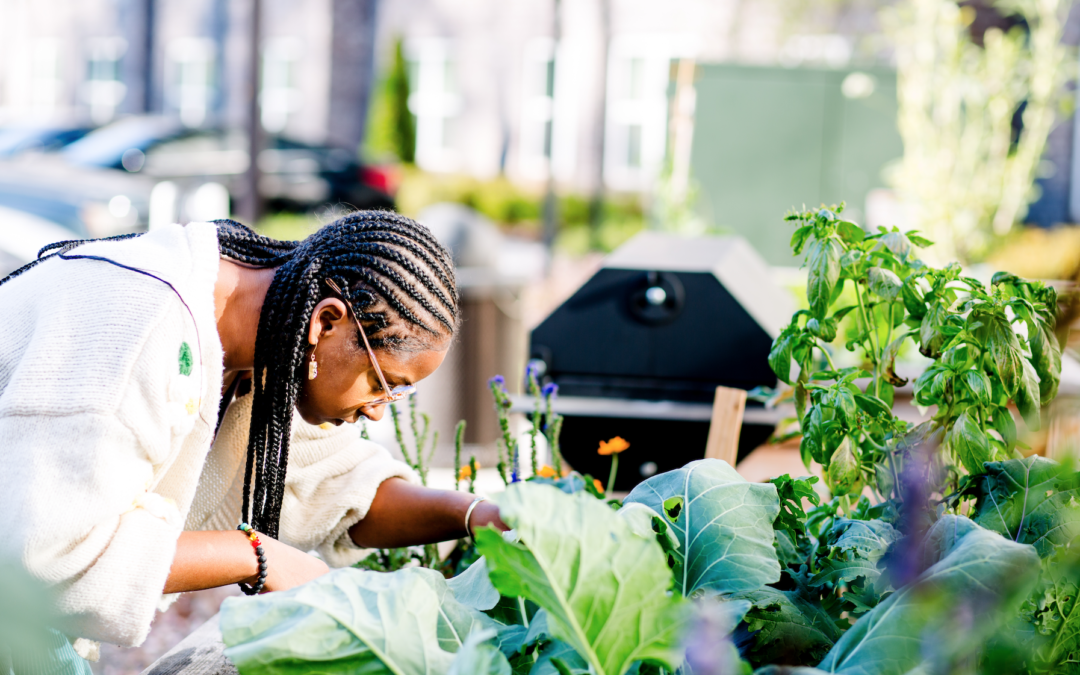For many African American churches, gardens are more than just a way to grow food—they are a tool for ministry, health, and community building. Whether you’re looking to provide fresh produce, create a peaceful space for reflection, or teach the next generation about stewardship, starting a church garden can be a powerful way to serve.
If you’re considering launching a garden at your church this year, here are a few practical steps to get started:
1. Clarify Your Purpose
Before planting a single seed, define the vision for your church garden. Will it be a community food source, a place for youth education, or a healing space for reflection? Having a clear purpose will help guide decisions about location, crops, and maintenance.
2. Engage Your Congregation
A successful garden thrives on community involvement. Encourage members of all ages to participate—whether through gardening, planning, or outreach. Consider forming a garden ministry or committee to oversee the project and keep it sustainable.
3. Choose the Right Location & Crops
Look for a sunny, accessible area on church grounds. Raised beds or container gardens can work in smaller spaces. Grow culturally significant crops like collard greens, okra, sweet potatoes, or herbs like basil and rosemary, which are easy to maintain and useful for cooking.
4. Make It a Teaching Tool
Use the garden as an opportunity to teach about biblical stewardship, creation care, and food justice. Involve youth groups and Sunday school classes in hands-on learning about God’s provision through nature.
5. Build Partnerships
Connect with local gardening groups, food banks, or agricultural extensions for resources, grants, and expertise. Many organizations offer free seeds, soil testing, and advice on sustainable gardening techniques. Consider partnerships with local colleges and universities as well to assist in creating a steady stream of volunteers to help sustain the work.
6. Host Events & Share the Harvest
Use the garden to bring people together! Host prayer walks, harvest celebrations, or community meals. If growing extra produce, consider donating to families in need or setting up a small farmers’ market to support church initiatives.
7. Start Small & Grow Over Time
It’s easy to get excited and take on too much at once. Begin with a few raised beds or a small plot and expand as your church gains experience and participation grows.
A church garden is a beautiful way to nourish bodies, minds, and spirits. With prayer, planning, and participation, your congregation can cultivate something that blesses both your church and the wider community.
Are you planning a church garden this year? Share your thoughts and ideas in the comments!


I’m extremely grateful for the opportunity to partner with the Black Church Food Security Network!